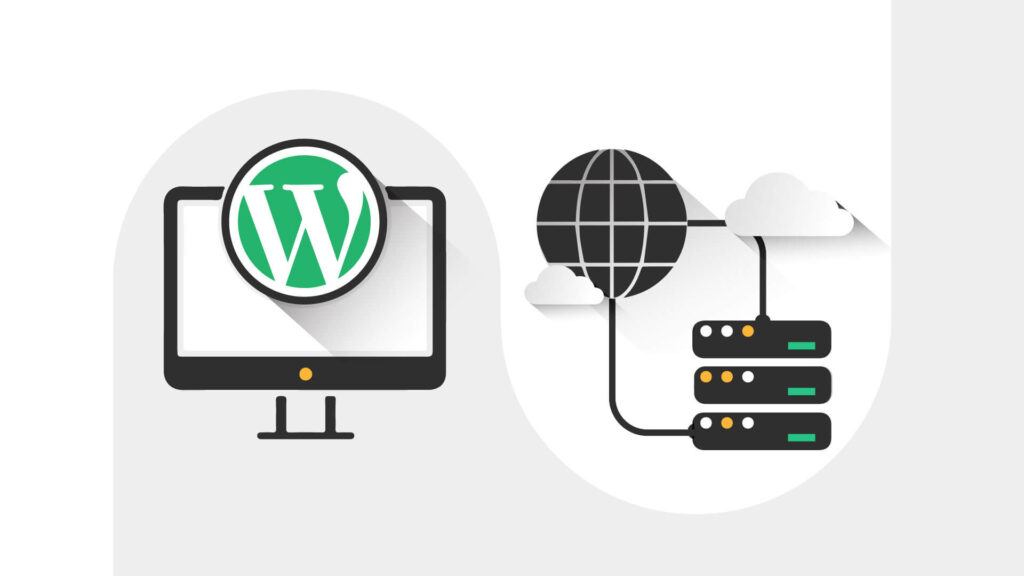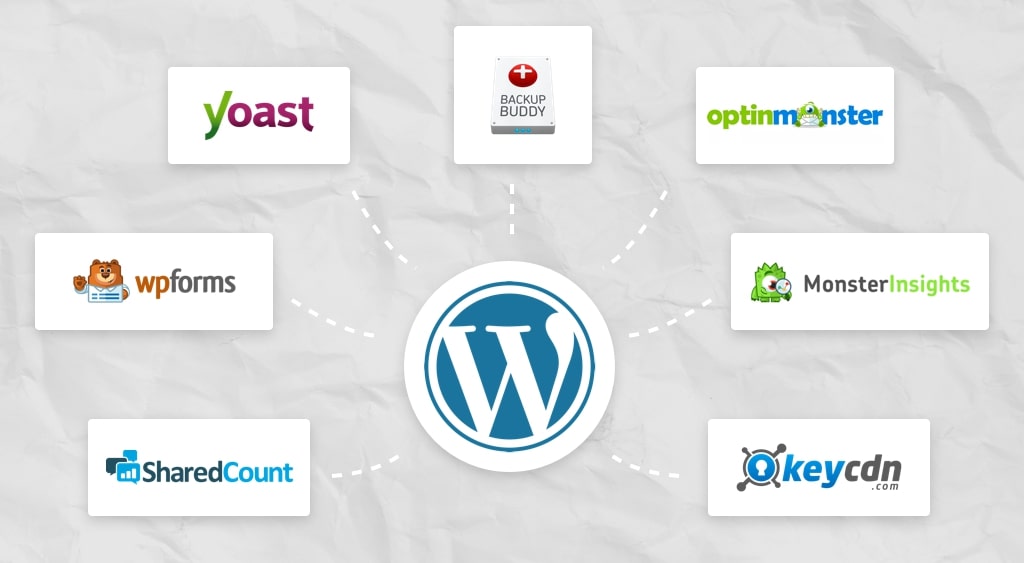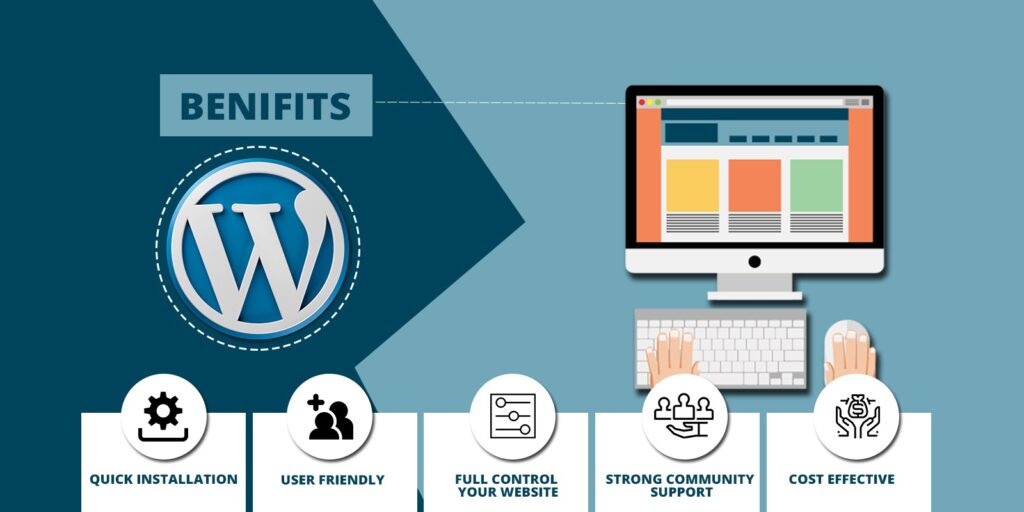Building a website is an essential step in establishing an online presence for individuals and businesses. WordPress, a popular and user-friendly content management system, provides a powerful platform for creating and managing websites. In this comprehensive guide, we will walk you through the step-by-step process of building a website with WordPress. From choosing a domain to launching your site, we will cover all the necessary steps to help you create a professional and engaging website that stands out from the competition.

Choosing a Domain and Hosting Provider

The first step in building a website is to choose a domain name and a reliable hosting provider. Your domain name is the web address that visitors will use to access your site, so it should be memorable and representative of your brand or business. When selecting a hosting provider, consider factors such as reliability, speed, customer support, and WordPress compatibility. Examples of popular hosting providers that are compatible with WordPress include Bluehost, SiteGround, and DreamHost.
Installing WordPress
Once you have chosen a domain and hosting provider, the next step is to install WordPress. Most hosting providers offer a one-click installation process for WordPress, making it quick and straightforward to set up your website. If you prefer a manual installation, you can download the WordPress software from the official website at WordPress.org and follow the provided instructions. After installation, you will have a fresh WordPress installation ready for customization.
Selecting and Installing a WordPress Theme

One of the advantages of WordPress is the availability of thousands of themes that control the design and layout of your website. When selecting a theme, consider factors such as aesthetics, responsiveness, and compatibility with popular plugins. You can find a wide range of free and premium WordPress themes on websites like ThemeForest, Elegant Themes, and the official WordPress theme directory. Once you have chosen a theme, follow the instructions provided by the theme developer to install and activate it on your WordPress site.
Customizing the Website’s Appearance
With WordPress, you have the flexibility to customize your website’s appearance to align with your brand or personal preferences. Most WordPress themes provide customization options that allow you to modify colors, fonts, layouts, and more. You can access the customization settings by going to “Appearance” -> “Customize” in your WordPress dashboard. Additionally, WordPress supports the use of page builders, such as Elementor or Divi, or WPBakery, which provide a drag-and-drop interface for creating custom layouts and designs.
Adding Essential Plugins

Plugins are an integral part of WordPress and extend the functionality of your website. They allow you to add features, improve performance, and enhance the user experience. Some essential plugins to consider installing include:
- Yoast SEO: A comprehensive SEO plugin that helps optimize your website for search engines.
- Akismet: A plugin that protects your site from spam comments.
- Contact Form 7: A popular plugin for creating and managing contact forms on your website.
- WooCommerce: An e-commerce plugin that enables you to set up an online store.
You can install plugins by going to “Plugins” -> “Add New” in your WordPress dashboard and searching for the desired plugin.
Creating Pages and Posts
A well-structured navigation menu helps visitors navigate your website easily. WordPress allows you to create custom menus and assign them to specific locations on your site. To customize the navigation menu, go to “Appearance” -> “Menus” in your WordPress dashboard. Create a new menu, add desired pages or categories, and arrange them in the desired order. You can also create dropdown menus to further organize your site’s content.
Configuring WordPress Settings
WordPress offers a range of settings that allow you to customize various aspects of your website. To access the settings, go to “Settings” in your WordPress dashboard. Here are a few key settings to consider:
- General Settings: Set your site title, tagline, and WordPress address.
- Permalink Settings: Choose how your website’s URLs will appear.
- Reading Settings: Configure how your site’s front page displays and determine the number of posts to show.
- Discussion Settings: Manage settings related to comments on your website.
Review these settings and adjust them according to your preferences and website requirements.
Optimizing the Website for SEO
Search engine optimization (SEO) is crucial for improving your website’s visibility in search engine results. WordPress provides several SEO plugins that can help optimize your website’s content, meta tags, and overall structure. The most popular SEO plugins for WordPress are Yoast SEO and All in One SEO Pack. These plugins offer features such as keyword optimization, XML sitemap generation, and meta tag management. Utilize these plugins to improve your website’s SEO and increase organic traffic.
Enhancing Security and Backup
Measures Securing your website and regularly backing up your data are vital to protecting your website’s integrity and ensuring the safety of your visitors’ information. WordPress offers various security plugins that can help strengthen your website’s security measures. Some popular security plugins include Wordfence Security, Sucuri, and iThemes Security. These plugins provide features like firewall protection, malware scanning, and login protection. Additionally, it’s crucial to regularly backup your website using plugins like UpdraftPlus or VaultPress to ensure that you can restore your site in case of any unforeseen issues.
Testing and Launching the Website
Before launching your website, it’s essential to thoroughly test its functionality and design. Check for broken links, test forms and contact features, review the overall user experience, and ensure that your website is responsive on different devices. Ask friends or colleagues to provide feedback and make any necessary adjustments. Once you are satisfied with the testing phase, it’s time to launch your website. Publish your website by going to “Settings”, “Reading” and setting your desired front page. Share your website with the world and start driving traffic to it.

Conclusion
You have successfully built your website using WordPress by following this step-by-step guide. Remember that building and maintaining a website is an ongoing process. Continuously update your content, monitor your site’s performance, and stay informed about the latest WordPress updates, plugins, and security measures. With WordPress’s flexibility and extensive resources, you have the power to create a unique and impactful website that engages your audience and achieves your goals.










very nice article